What Makes Mahi Mahi So Fun to Catch?
Mahi Mahi, also known as dolphinfish or dorado, ranks among the most exciting gamefish in the world’s tropical and subtropical waters. With their vibrant colors, acrobatic fights, and impressive speed, these magnificent creatures offer anglers an unparalleled fishing experience.
Whether you’re a seasoned fishing enthusiast or a newcomer to the sport, pursuing Mahi Mahi combines the thrill of the hunt with the joy of potentially landing a trophy-worthy catch. The popularity of Mahi Mahi fishing continues to grow, not only because of the exciting challenge it presents, but also because of its delicious taste when properly prepared.
This article explores the many reasons why Mahi Mahi have earned their reputation as one of the most enjoyable gamefish to target.
The Spectacular Appearance of Mahi Mahi
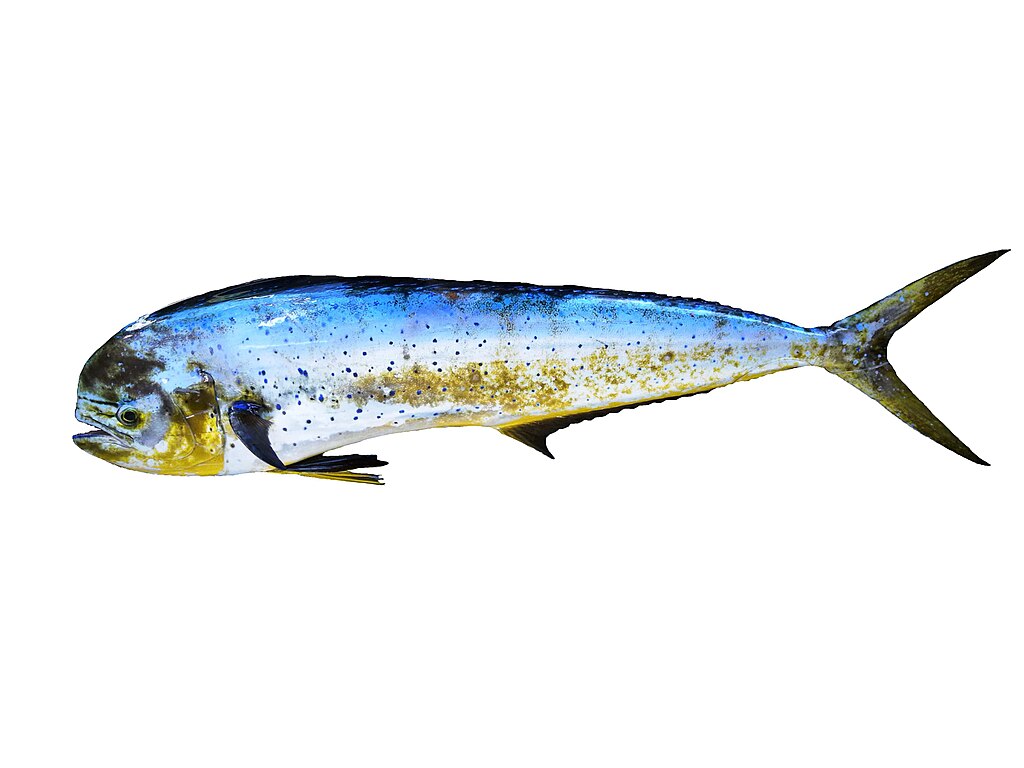
Perhaps one of the most immediately striking features of Mahi Mahi is their extraordinary appearance, which makes spotting and catching them a visual feast. Their bodies display a dazzling array of colors, including electric blues, vibrant greens, golden yellows, and metallic silvers that shimmer dramatically in the sunlight.
Male Mahi Mahi, known as “bulls,” feature a prominent squared-off head with a high forehead that creates an unmistakable profile on the water. This kaleidoscope of colors intensifies during the fight and continues to shift even when you bring them aboard, creating a spectacular display that few other fish species can match. The visual reward of seeing these living rainbows emerge from the deep blue adds an aesthetic dimension to the fishing experience that anglers cherish.
Acrobatic Fighting Style

Mahi Mahi are renowned for their spectacular fighting abilities, making each catch a memorable battle of wits and strength. When hooked, they typically explode into action with powerful runs, frantic head shakes, and impressive aerial displays that can see them leaping several feet clear of the water’s surface. These acrobatic jumps aren’t just occasional occurrences – a single Dolphinfish might jump dozens of times during a fight, creating heart-stopping moments as anglers struggle to maintain tension without breaking their line.
Their endurance is equally impressive, as they can sustain high-energy fights for extended periods, sometimes lasting 30 minutes or more for larger specimens. This combination of strength, speed, and aerial performance makes landing a Dolphinfish not just a catch but a full-body, adrenaline-pumping experience unlike many other sportfishing pursuits.
Impressive Speed and Agility
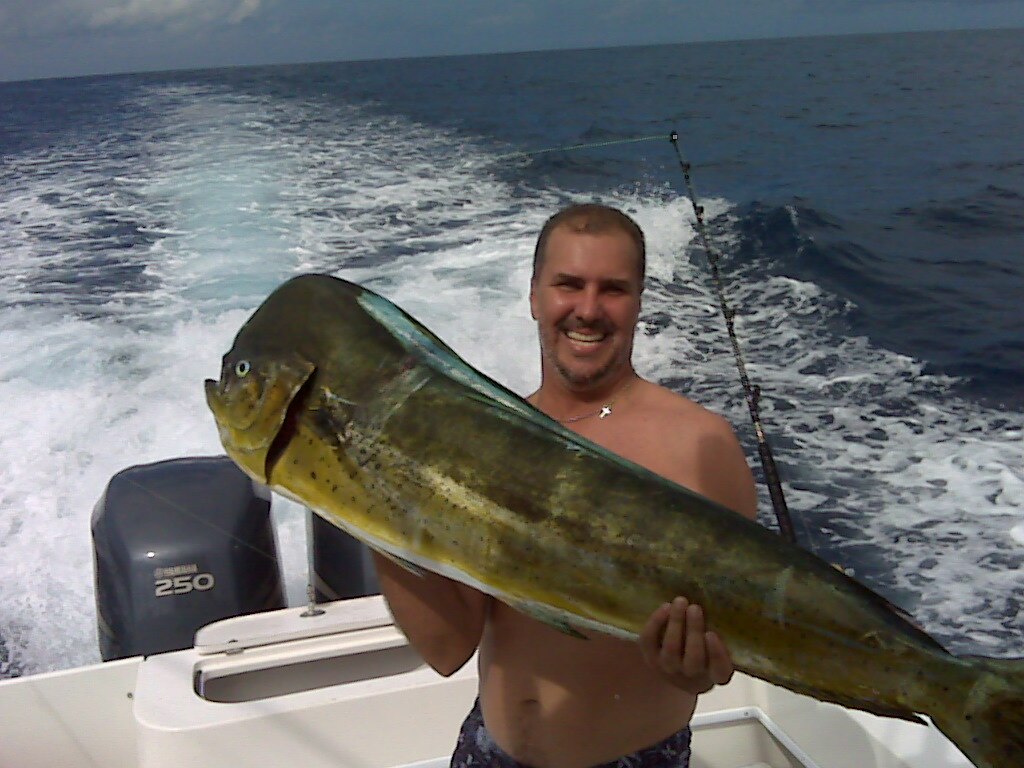
Mahi Mahi are built for speed, with streamlined torpedo-shaped bodies which propel them through the water at up to 50 miles per hour, making them among the fastest fish in the ocean. This remarkable velocity means that when they take your bait, the initial run can strip line from your reel at an alarming rate, creating that distinctive “screaming reel” sound that excites anglers worldwide. Their agility complements their speed, allowing them to make sharp, unpredictable directional changes that challenge even experienced fishermen’s reflexes and technique.
Pursuing it often involves high-speed trolling or run-and-gun fishing tactics where boats race to visible feeding frenzies, adding another dynamic element of speed to the entire fishing experience. This combination of the fish’s natural speed and the fast-paced fishing methods creates an exhilarating pursuit from start to finish.
Competitive and Curious Nature
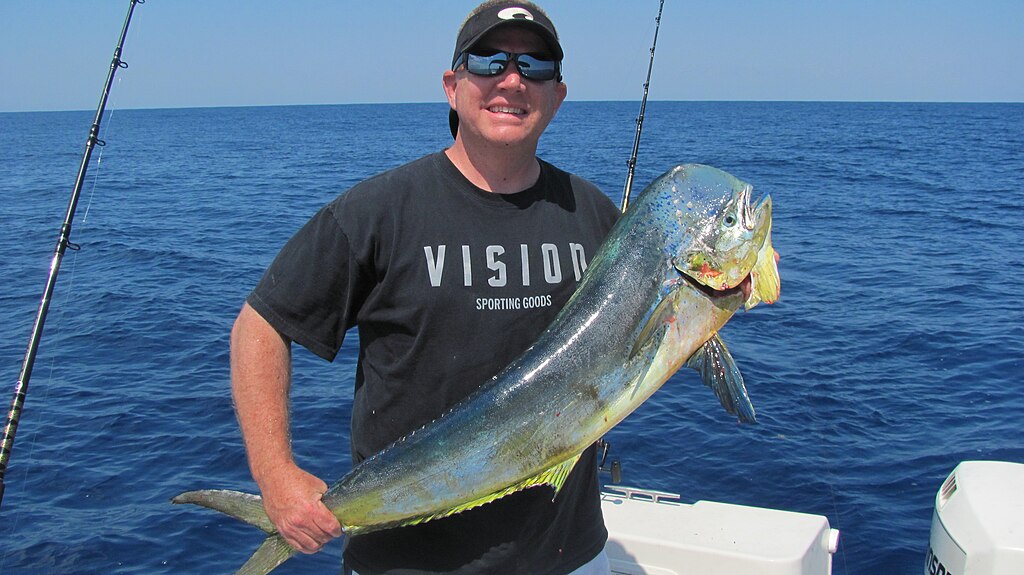
One of the most fascinating behavioral traits that makes Mahi Mahi so enjoyable to catch is their naturally competitive and curious disposition. When one Dolphinfish is hooked, others in the school follow the fighting fish out of curiosity or competition, creating opportunities for multiple hookups from a single school.
Experienced captains often keep a hooked Dolphinfish in the water near the boat to attract others, a technique known as “bailing” that can lead to spectacular fishing frenzies. Their aggressive feeding behavior means they’ll often strike at almost any moving bait or lure, making them relatively accommodating for anglers of all skill levels. The social aspect of Mahi fishing adds a unique dimension to the sport, as you’re not just catching individual fish but potentially engaging with the dynamic behavior of an entire school.
Abundance and Accessibility

Unlike some prized gamefish that are rare or found only in remote locations, Mahi Mahi offer abundant opportunities across much of the world’s warmer waters, making them accessible to a wide range of anglers. You can find them in the Atlantic, Pacific, and Indian Oceans, typically in waters ranging from 70°F to 85°F, with particularly strong populations off Florida, Hawaii, the Caribbean, and Central America. Their migratory patterns mean they’re available year-round in some regions, though seasonal peaks occur when they follow warming water temperatures.
Dolphinfish can be targeted from various vessel types, ranging from large offshore sportfishing boats to smaller center consoles, thereby democratizing the fishing experience. This widespread availability means anglers don’t need to book expensive, exclusive charters to experience the thrill of Mahi fishing, though guided trips certainly increase success rates for novices.
Versatility in Fishing Methods
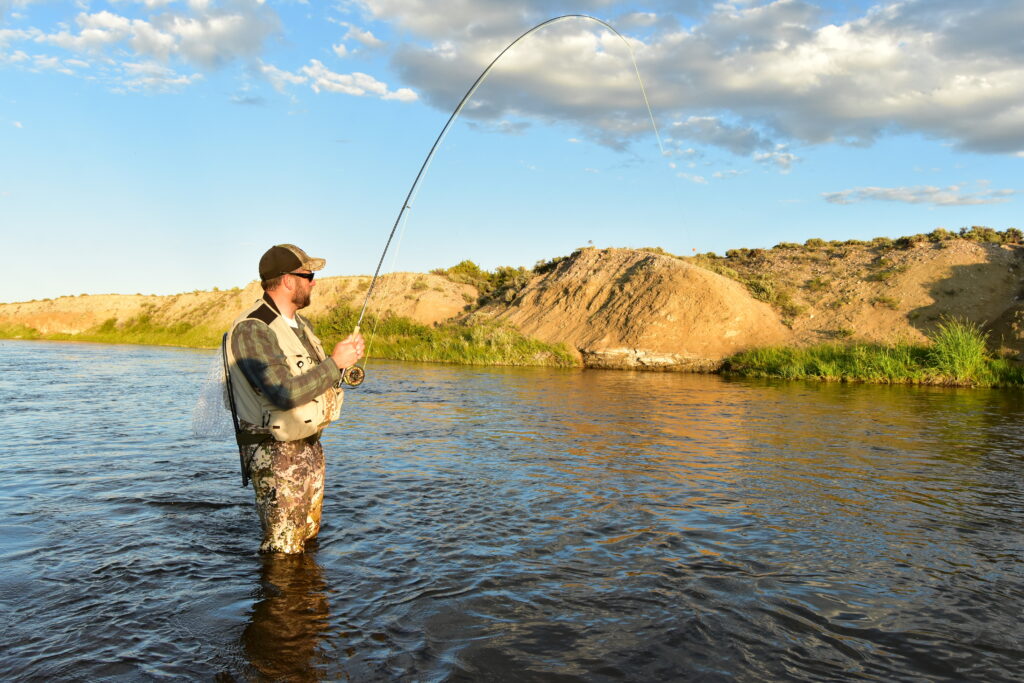
Mahi Mahi can be successfully targeted using a wide variety of techniques, adding to their appeal as a sport fishing technique. Trolling is perhaps the most common method, where spread of baits or lures is pulled behind a moving boat, allowing anglers to cover large areas of water efficiently. For a more active experience, casting techniques work well when they are visibly feeding on the surface or gathered around a floating structure.
Fly fishing enthusiasts particularly enjoy the challenge of presenting flies to Dolphinfish, as their aggressive nature makes them willing targets for properly presented flies. Live bait, dead bait, artificial lures, and even simple hookless teasers can all be effective in attracting fish to the boat, provided the circumstances are right. This adaptability to different fishing styles means that anglers can pursue it using their preferred methods or experiment with new techniques, adding layers of interest to the pursuit.
Structure-Oriented Behavior
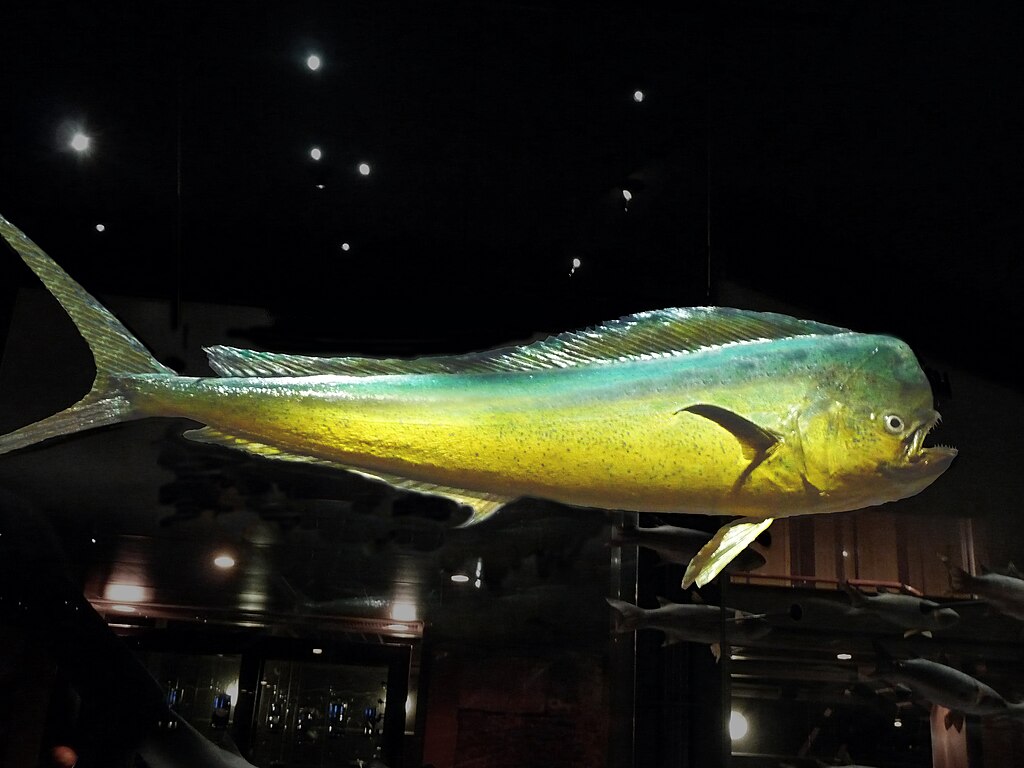
Mahi Mahi display a fascinating ecological behavior that makes locating them an engaging part of the fishing experience – their strong attraction to floating structure and debris. They naturally congregate around anything floating on the ocean’s surface, from large mats of sargassum seaweed to palm fronds, wooden pallets, and even man-made fish aggregating devices (FADs). This behavior stems from their feeding strategy, as smaller prey fish use these floating objects for protection, creating a concentrated food source. For anglers, this pattern makes a treasure-hunt aspect to Mahi fishing, as spotting floating debris often leads directly to finding concentrations of fish.
Experienced captains become adept at recognizing subtle signs of floating structure from great distances, turning the search itself into a skilled aspect of the sport. This predictable behavior pattern also means that even when open water seems empty, finding the right structure can quickly transform a slow day into non-stop action.
Fantastic Eating Quality

Beyond the sporting aspects, this fish offers the satisfying reward of being one of the finest-tasting fish in the ocean, combining the thrill of the catch with culinary delight. Their firm, lean white flesh has a mild, sweet flavor that appeals even to those who don’t typically enjoy seafood, making it a favorite among anglers who practice catch-and-cook. The meat retains moisture well during cooking and can be prepared using countless methods – grilled, blackened, fried, baked, or incorporated into ceviche and fish tacos.
Its high protein content and low fat profile also make it a nutritionally sound choice for health-conscious individuals. This exceptional table quality adds a dimension of satisfaction beyond the fishing experience itself, as anglers can share their harvest with family and friends, creating complete ocean-to-table experiences that enhance the overall reward of targeting these fish.
Sustainable Fishing Choice
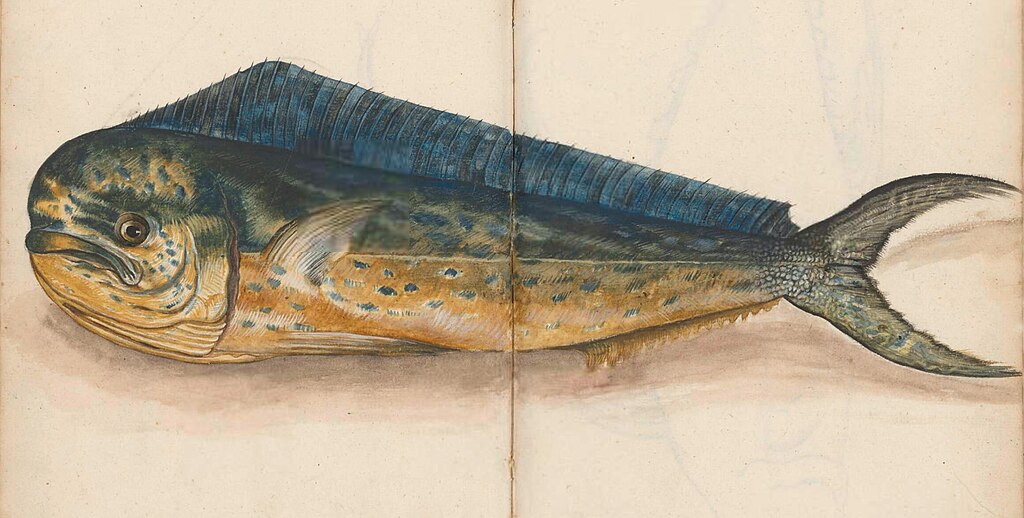
For conservation-minded anglers, Mahi Mahi represents a relatively guilt-free fishing option compared to many other large pelagic species. Their rapid growth rate – growing from spawn to 20+ pounds in less than a year – and early sexual maturity contribute to populations that can sustain reasonable fishing pressure when properly managed. It typically live only 4-5 years in the wild, meaning they reproduce quickly to maintain healthy population levels despite natural and fishing mortality.
The National Oceanic and Atmospheric Administration (NOAA) considers U.S. wild-caught Mahi Mahi a smart seafood choice because it is sustainably managed under rebuilding plans that limit catch sizes and seasons. Many anglers appreciate that they can pursue these exciting gamefish while knowing they’re making a relatively responsible choice for ocean conservation. This sustainability factor removes some of the ethical concerns that might otherwise dampen the enjoyment of targeting these magnificent fish.
The Visual Hunt Experience
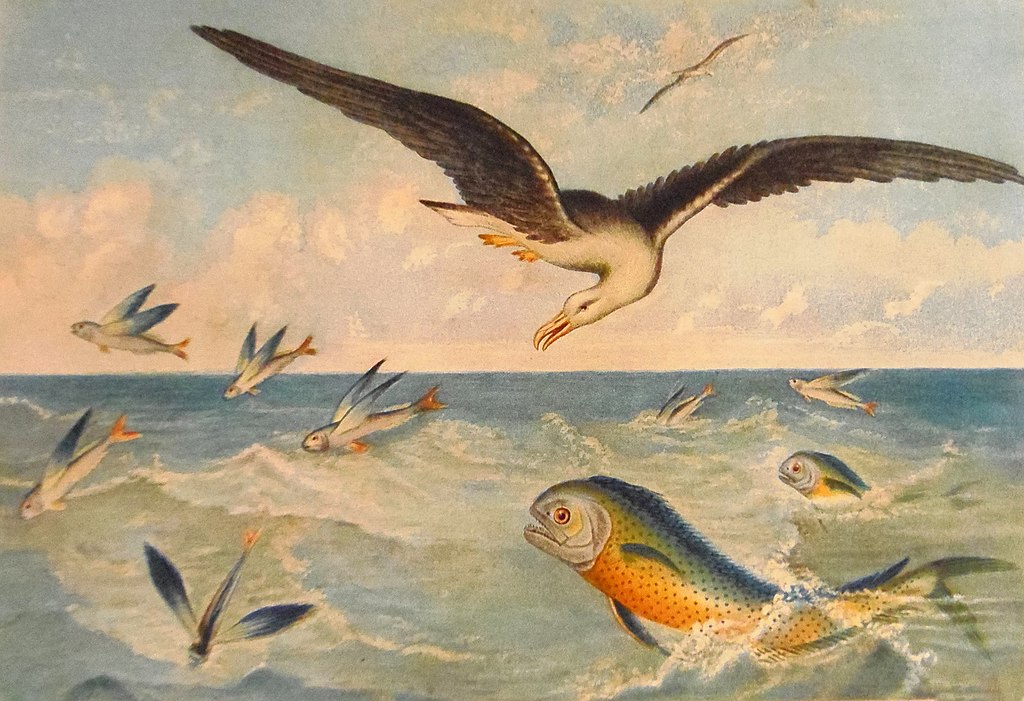
Hunting Mahi Mahi engages all senses, but particularly creates a visual experience unlike many other types of fishing. Rather than staring at rod tips or electronic fish finders, Mahi fishing often involves actively scanning the horizon for feeding birds, splashing fish, or floating debris that might hold fish. Their tendency to feed on the surface creates dramatic visual displays as they crash baits, with splashing water and flashing colors visible from considerable distances.
Many captains utilize tuna towers or elevated helm positions specifically to gain better vantage points for spotting these visual cues from greater distances. The sight of a school of Mahi lighting up the water with their electric blue and gold colors as they chase teasers behind the boat creates indelible memories for anglers of all experience levels. This visual aspect of the hunt engages participants more actively than methods where fish are primarily located through technology, creating a more authentic and satisfying connection to the fishing experience.
Ideal for Group Fishing Adventures
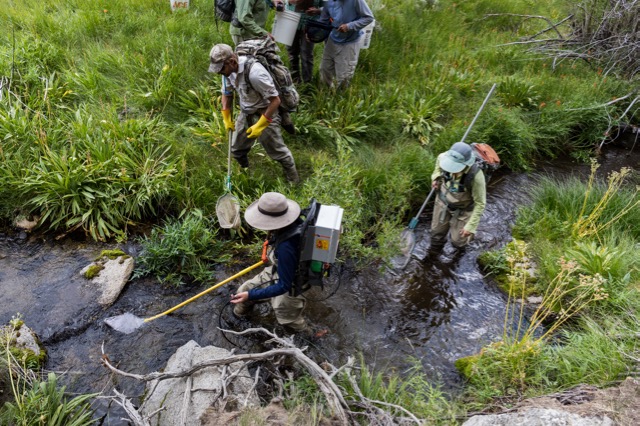
Mahi Mahi fishing lends itself perfectly to social group experiences, making it ideal for family outings, corporate events, or fishing with friends. The schooling nature of these fish often leads to multiple hookups simultaneously, creating exciting “fire drills” where everyone aboard gets into the action at once. Their fighting ability provides genuine excitement without being so overwhelming that children or novices can’t successfully land them with some assistance.
The relatively forgiving nature of Mahi fishing techniques means that even beginners can experience success, while more experienced anglers can still find plenty of challenge in targeting larger specimens or using more technical approaches. Charter operations specializing in these fishing trips often promote this inclusive aspect, designing experiences where everyone from grandparents to young children can participate meaningfully in the fishing experience. These shared adventures create lasting memories and stories that strengthen bonds between participants while introducing new generations to the joys of sportfishing.
Year-Round Opportunities
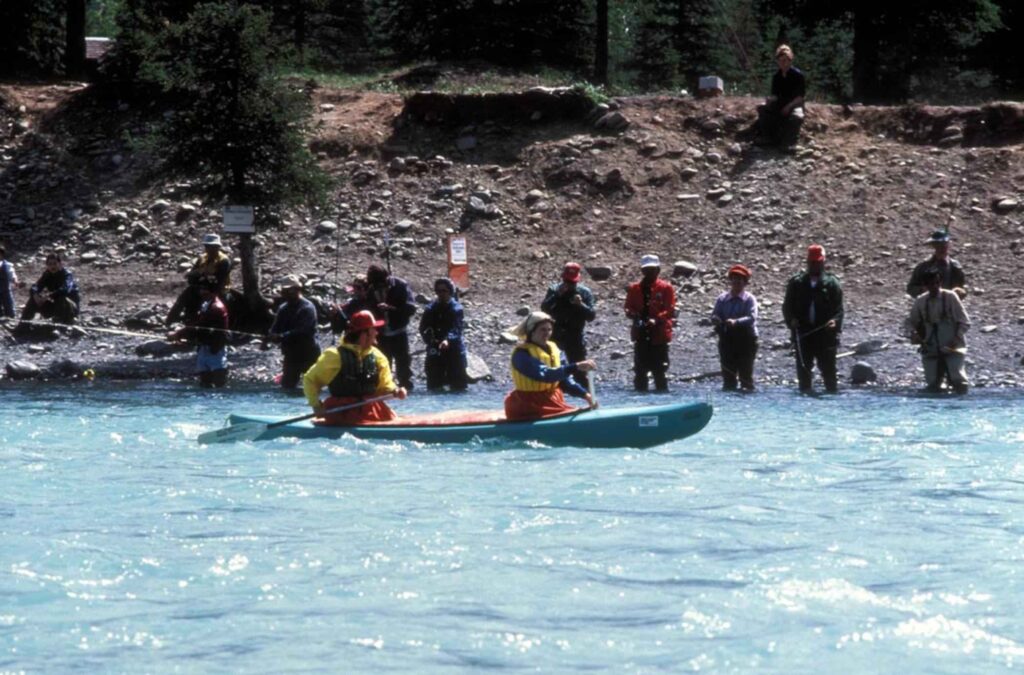
While many prized gamefish have highly restricted seasons, Mahi Mahi offer opportunities throughout the calendar year across their global range, adding to their appeal for dedicated anglers.
In Florida and the Caribbean, prime Mahi fishing typically runs from April through September, while Hawaii sees strong action from May through October. The Pacific coast of Central America, particularly Costa Rica and Panama, offers excellent Mahi fishing almost year-round, with slight seasonal variations in size and abundance. This extended availability means anglers can plan trips around their schedules rather than being constrained to narrow windows determined by strict regulations or brief migratory periods.
For fishing destinations that rely on tourism, this year-round presence helps sustain charter operations and related businesses throughout different seasons. Anglers who develop a passion for targeting these fish can pursue them across different regions as seasonal patterns shift, creating lifelong quests to experience it in various renowned hotspots around the world.
Trophy Potential
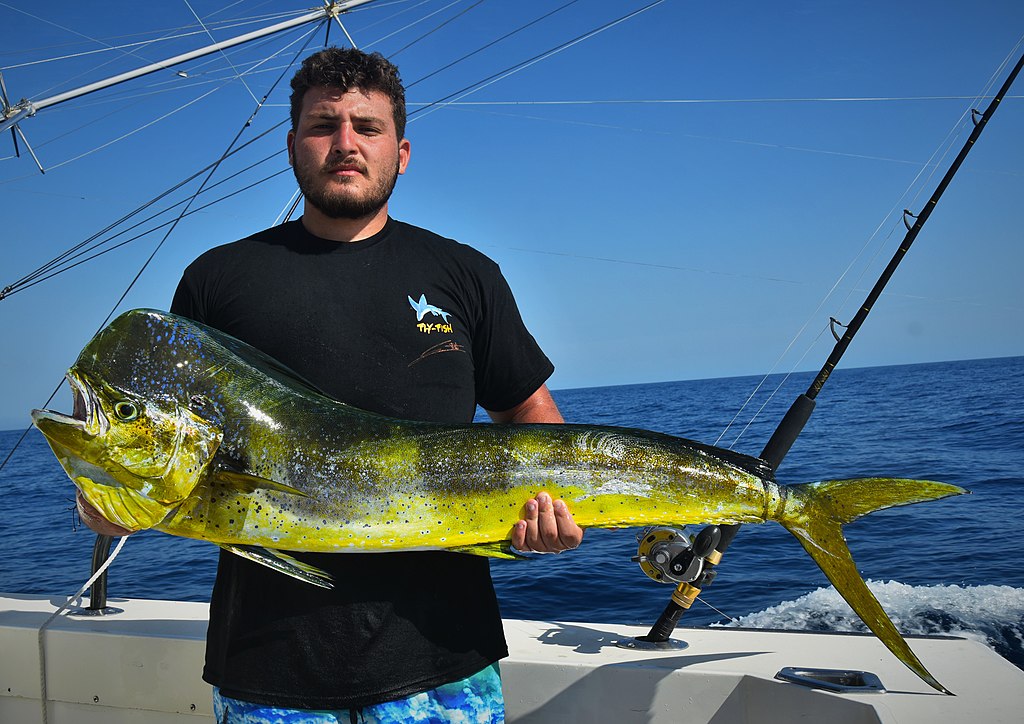
While most of these fish that are caught range between 5 and 15 pounds, their potential to grow to impressive trophy sizes adds an element of anticipation and excitement to every fishing expedition. Specimens exceeding 50 pounds, known as “slammers” among anglers, represent bucket-list achievements that can occur on any given day on the water. The current all-tackle world record stands at 87 pounds, caught off Costa Rica’s Pacific coast, demonstrating the species’ impressive growth potential. These larger bulls typically travel either alone or in small groups with females, creating distinctive opportunities separate from the schooling smaller fish.
The knowledge that any floating debris or temperature break might hold not just average Mahi but potential record-breakers keeps anglers alert and engaged throughout long days offshore. This trophy potential transforms routine fishing trips into potential once-in-a-lifetime experiences, as anglers never know when that distinctive high dorsal fin cutting through the water might belong to a fish of truly exceptional proportions.
Conclusion
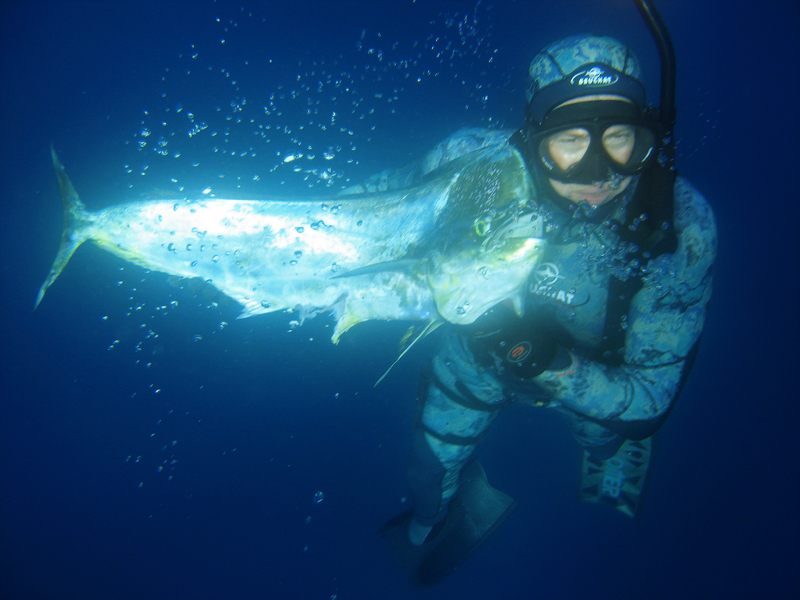
Mahi Mahi fishing captures the imagination and passion of anglers worldwide for good reason. Few other species combine such spectacular visual appeal, thrilling fighting abilities, widespread accessibility, and excellent table fare. From the initial visual hunt to the heart-pounding strike, from the acrobatic battle to the eventual celebration of landing a beautiful fish, every aspect of pursuing these magnificent creatures delivers pure fishing enjoyment.
Whether you’re dropping baits around floating debris in the Florida Straits, casting flies to feeding schools off Hawaii, or trolling the Pacific waters of Costa Rica, Mahi Mahi provides a complete sportfishing experience encouraging many to the open water. As both a sustainable choice and an exciting challenge, these remarkable fish will undoubtedly continue to create unforgettable memories and fishing stories for generations of anglers to come.














Post Comment